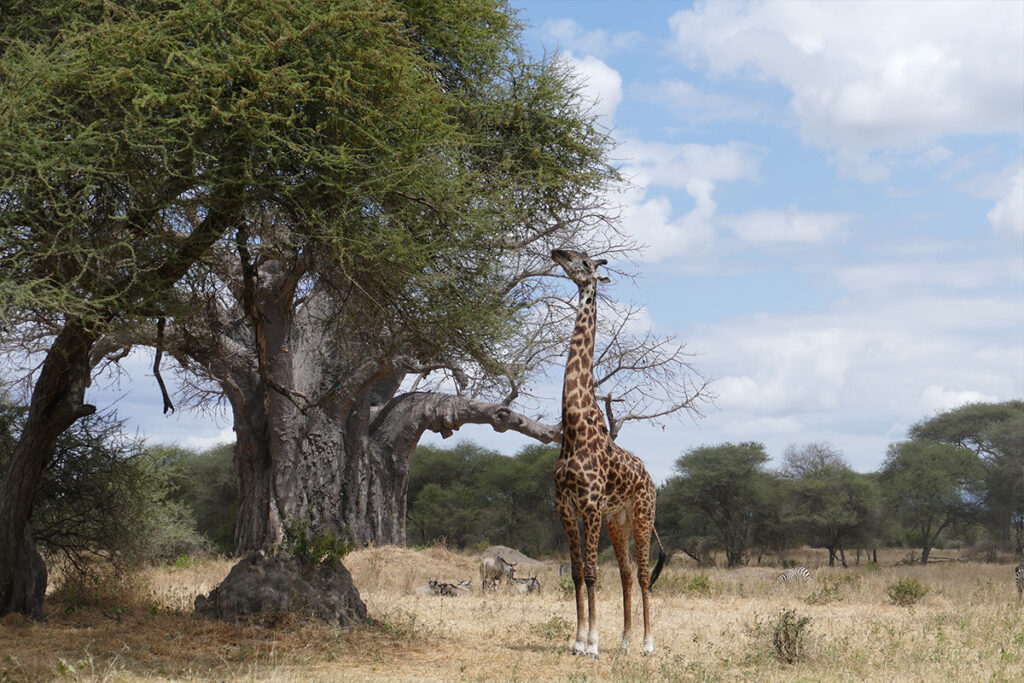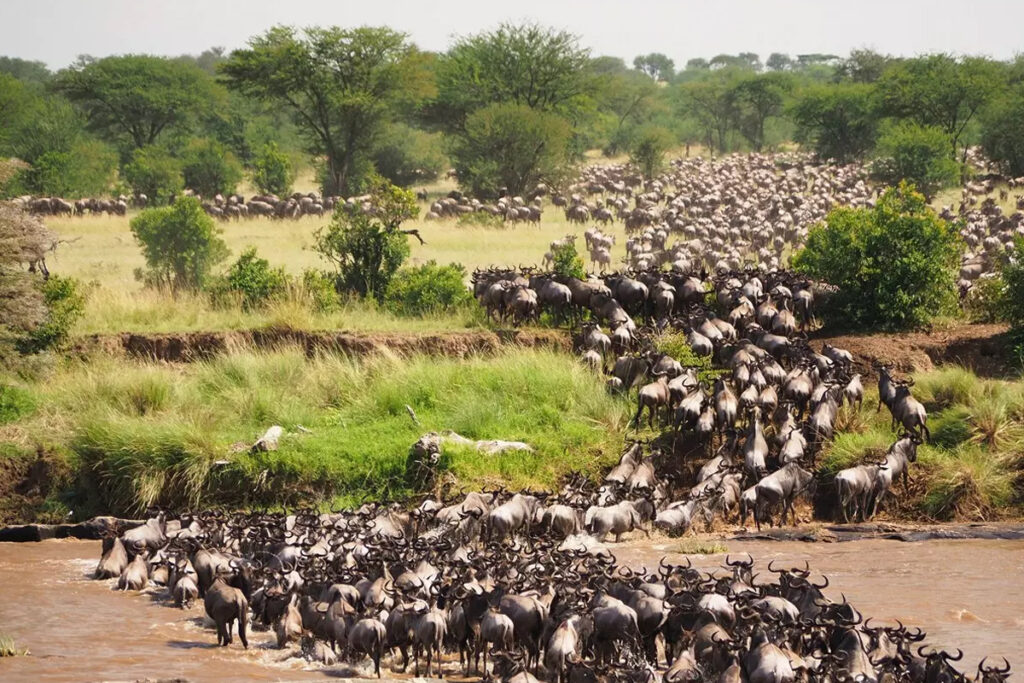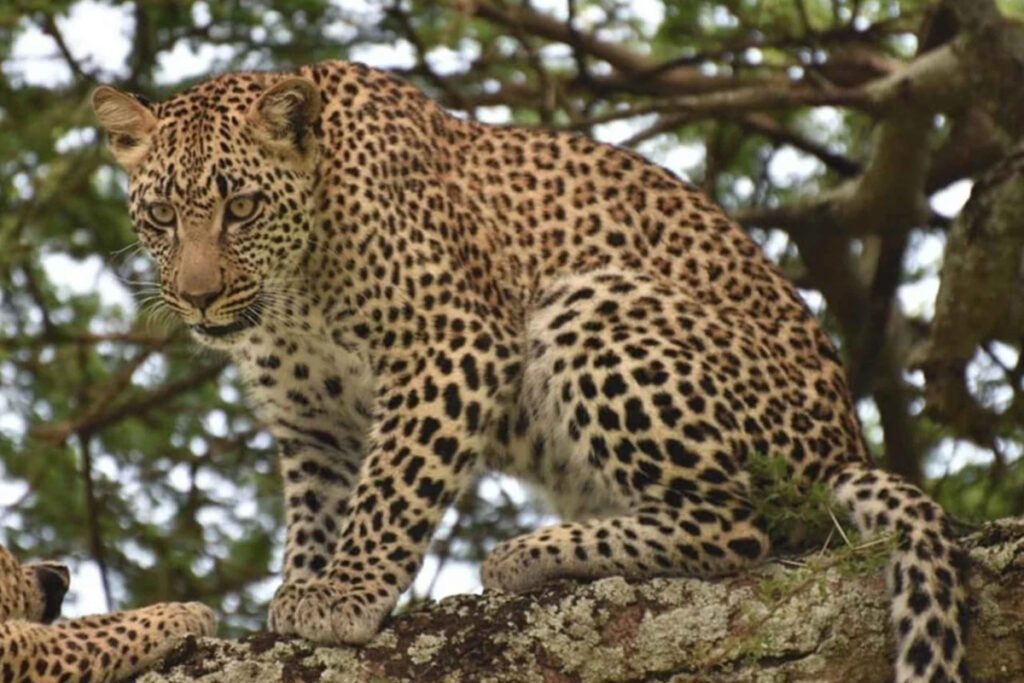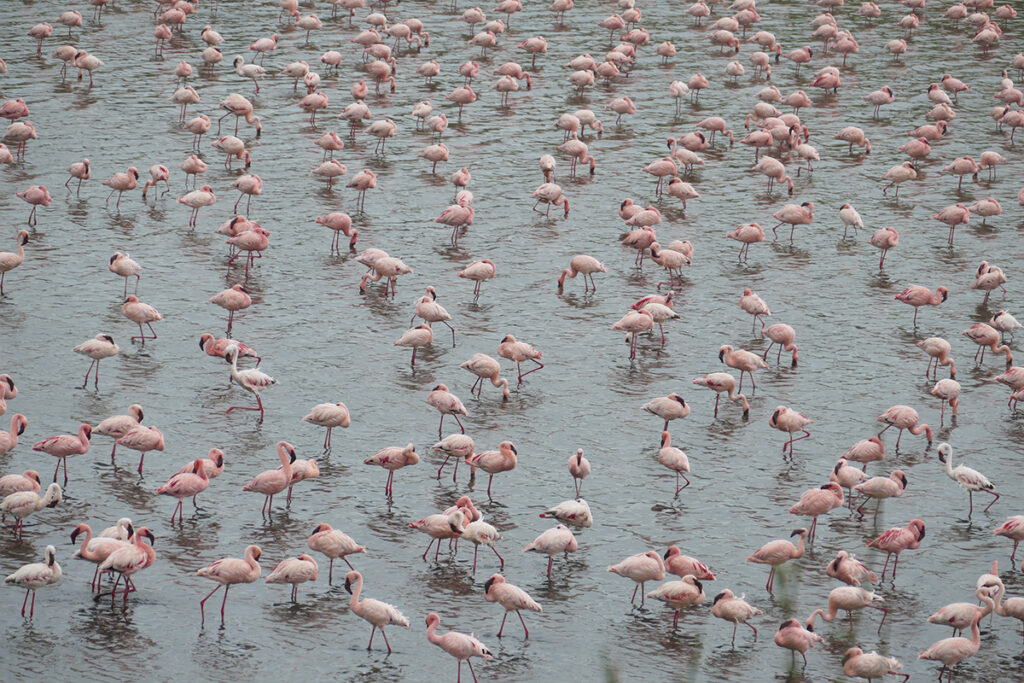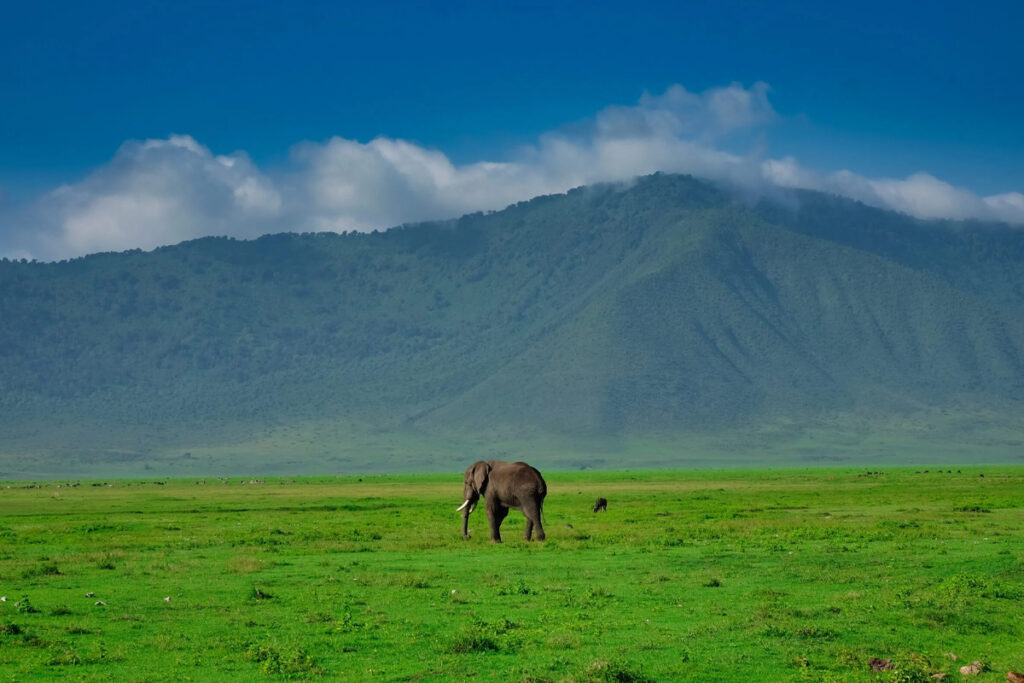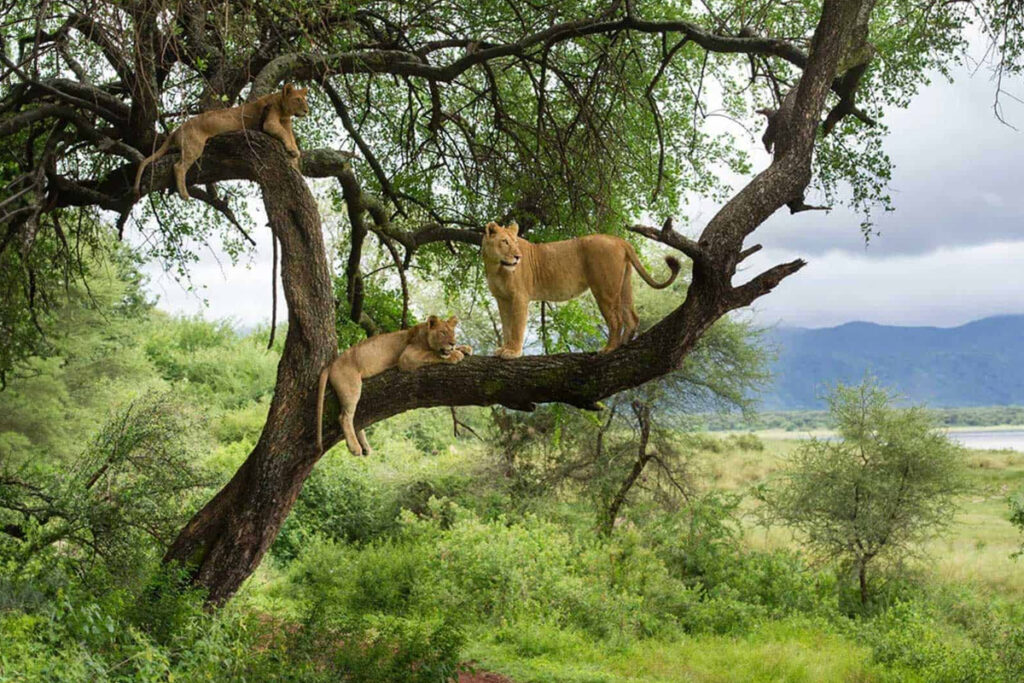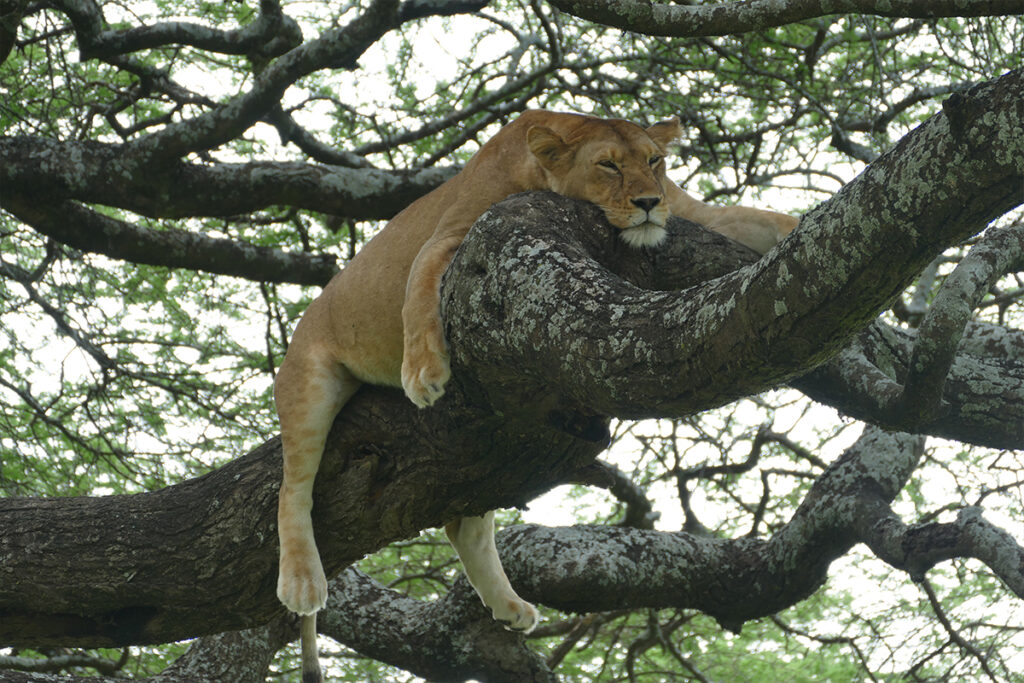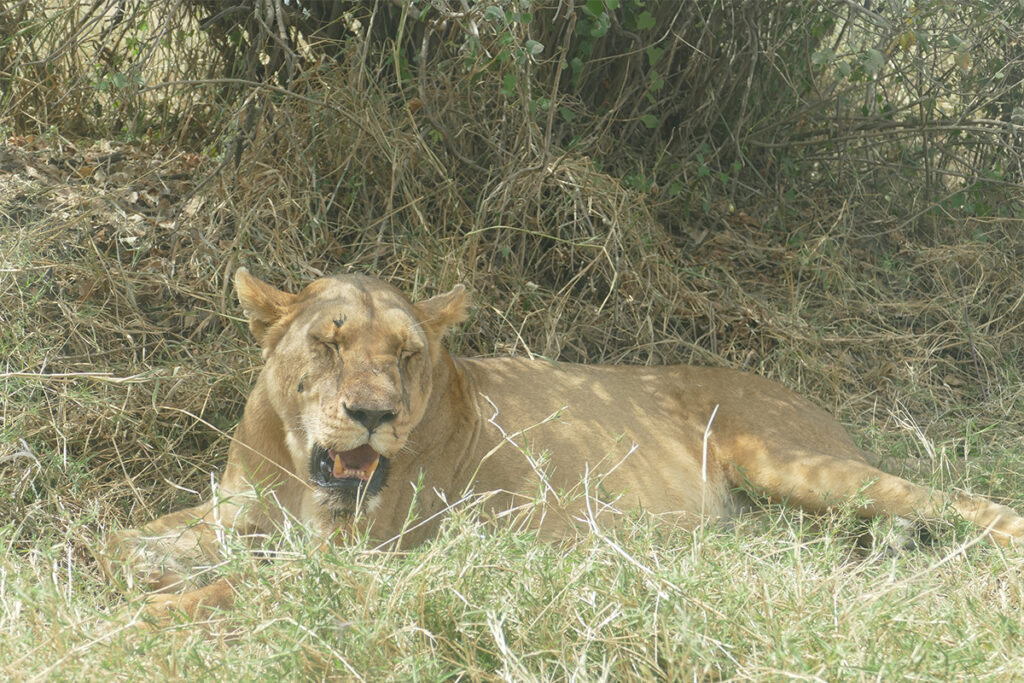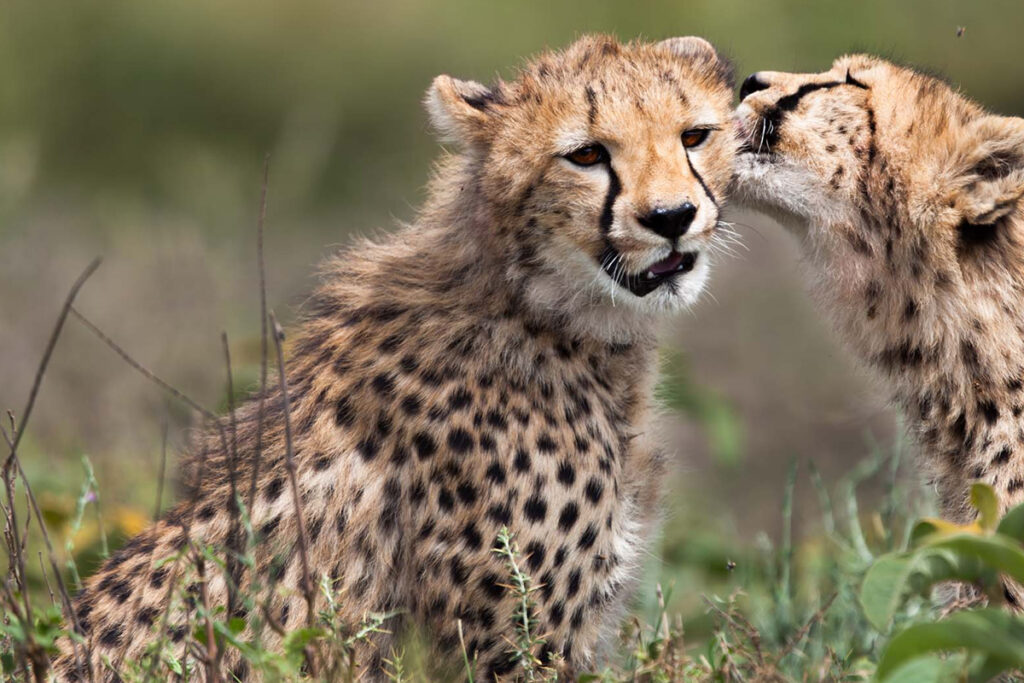Kilimanjaro Success Rate: What to Expect and How to Increase Your Chances
Climbing Mount Kilimanjaro is a physically demanding challenge, and the success rate of reaching the summit largely depends on the route you choose, the number of days you spend acclimatizing, and your overall fitness. While many trekkers succeed, it’s essential to understand that the journey’s success is highly influenced by altitude sickness, preparation, and the trekker’s pace.
This guide will provide an overview of the success rates for different Kilimanjaro routes, factors that impact the success rate, and tips to increase your chances of reaching the summit.
Overall Kilimanjaro Success Rate
The overall summit success rate for Kilimanjaro climbers is approximately 65-70%. However, this varies significantly depending on the route, the number of acclimatization days, and the trekker’s fitness level.
Kilimanjaro Success Rate by Route
The route you choose plays a critical role in your chances of reaching the summit. Longer routes that allow for gradual acclimatization generally have higher success rates, while shorter, steeper routes tend to have lower success rates due to the increased risk of altitude sickness.
| Route |
Duration |
Success Rate |
Difficulty |
Best For |
| Northern Circuit |
9 Days |
90% |
Moderate |
Best acclimatization, fewer crowds |
| Lemosho Route |
7-8 Days |
85% |
Moderate to Challenging |
Best acclimatization, scenic views |
| Machame Route |
6-7 Days |
70-80% |
Challenging |
Popular scenic route, good acclimatization |
| Rongai Route |
6-7 Days |
65% |
Moderate |
Quieter, gradual ascent |
| Shira Route |
7-8 Days |
75% |
Difficult |
High starting altitude, scenic views |
| Marangu Route |
5-6 Days |
60% |
Moderate |
Huts for accommodation, quicker ascent |
| Umbwe Route |
5-7 Days |
60% |
Very Difficult |
Steep, rapid ascent, for experienced hikers |
Factors That Affect Kilimanjaro’s Success Rate
Several factors influence your chances of reaching the summit of Mount Kilimanjaro:
1. Route Selection and Acclimatization
Longer routes, such as the Northern Circuit and Lemosho Route, provide better acclimatization because they allow your body more time to adjust to the altitude. These routes tend to have the highest success rates because they follow the “climb high, sleep low” principle, which reduces the risk of altitude sickness.
2. Duration of the Climb
Spending more days on the mountain significantly increases your chances of success. Routes with shorter durations (such as Marangu and Umbwe) have lower success rates because they don’t allow sufficient time for acclimatization.
| Climb Duration |
Success Rate |
| 5 Days |
~50-60% |
| 6 Days |
~65-70% |
| 7-8 Days |
~80-85% |
| 9 Days |
~90% |
3. Altitude Sickness (AMS)
Altitude sickness is the most significant challenge when climbing Kilimanjaro. Symptoms can range from mild (headache, nausea) to severe (HAPE or HACE). Routes that ascend too quickly without proper acclimatization have higher failure rates due to AMS. Opting for routes with more days and gradual ascent profiles improves acclimatization.
4. Fitness Level
While Kilimanjaro is not a technical climb, being in good physical condition will help you endure the long days of trekking. Cardio fitness, stamina, and leg strength are essential. However, altitude affects everyone differently, so even fit climbers may experience altitude sickness.
5. Pace
“Pole pole” (meaning “slowly, slowly” in Swahili) is the mantra for Kilimanjaro. Climbing at a slow and steady pace helps prevent altitude sickness and improves your chances of summiting successfully. Rushing to the summit increases the risk of AMS.
How to Increase Your Success Rate on Kilimanjaro
Here are some tips to maximize your chances of reaching Uhuru Peak:
1. Choose a Longer Route
Opt for a 7-9 day trek to allow for better acclimatization. Routes like the Northern Circuit, Lemosho, or Machame (7 days) offer excellent acclimatization profiles and increase your success rate.
2. Ascend Slowly
Follow the “pole pole” philosophy. Walk at a slow and steady pace, even when you feel energetic. This will help your body adjust to the altitude and conserve energy for the summit.
3. Hydrate
Drink plenty of water throughout the climb (at least 3-4 liters per day). Dehydration can worsen altitude sickness, so staying hydrated is crucial.
4. Listen to Your Body
If you start experiencing symptoms of altitude sickness (headache, nausea, dizziness), inform your guide immediately. Sometimes taking a rest day at the same altitude can help with acclimatization. If symptoms worsen, it’s essential to descend.
5. Consider Taking Diamox
Diamox (acetazolamide) is a medication that helps reduce the symptoms of altitude sickness. Consult your doctor before the climb to see if Diamox is right for you.
6. Eat Well and Stay Energized
Your body burns more calories at high altitudes, so it’s essential to eat regularly to keep your energy levels high. Bring high-energy snacks like trail mix, energy bars, and nuts.
Success Rate by Route: Summary Table
| Route |
Success Rate |
Best For |
| Northern Circuit |
~90% |
Best acclimatization, scenic and quiet |
| Lemosho Route |
~85% |
Great scenery, best for first-time climbers |
| Machame Route |
~70-80% |
Popular, scenic route with good acclimatization |
| Rongai Route |
~65% |
Gradual ascent, less crowded |
| Shira Route |
~75% |
Challenging with a high starting altitude |
| Marangu Route |
~60% |
Shorter duration, hut accommodation |
| Umbwe Route |
~60% |
Steep, fast ascent, for experienced hikers |
Maximize Your Chances of Summiting Kilimanjaro
Reaching the summit of Mount Kilimanjaro is an achievable goal, but it requires careful planning and preparation. By choosing the right route, pacing yourself, and allowing for proper acclimatization, you can significantly improve your success rate. For the best chance of success, opt for longer routes like the Northern Circuit or Lemosho, ascend slowly, and prioritize hydration and rest.
If you’re ready to embark on the adventure of a lifetime, feel free to contact us for expert advice and to start planning your Kilimanjaro climb!

